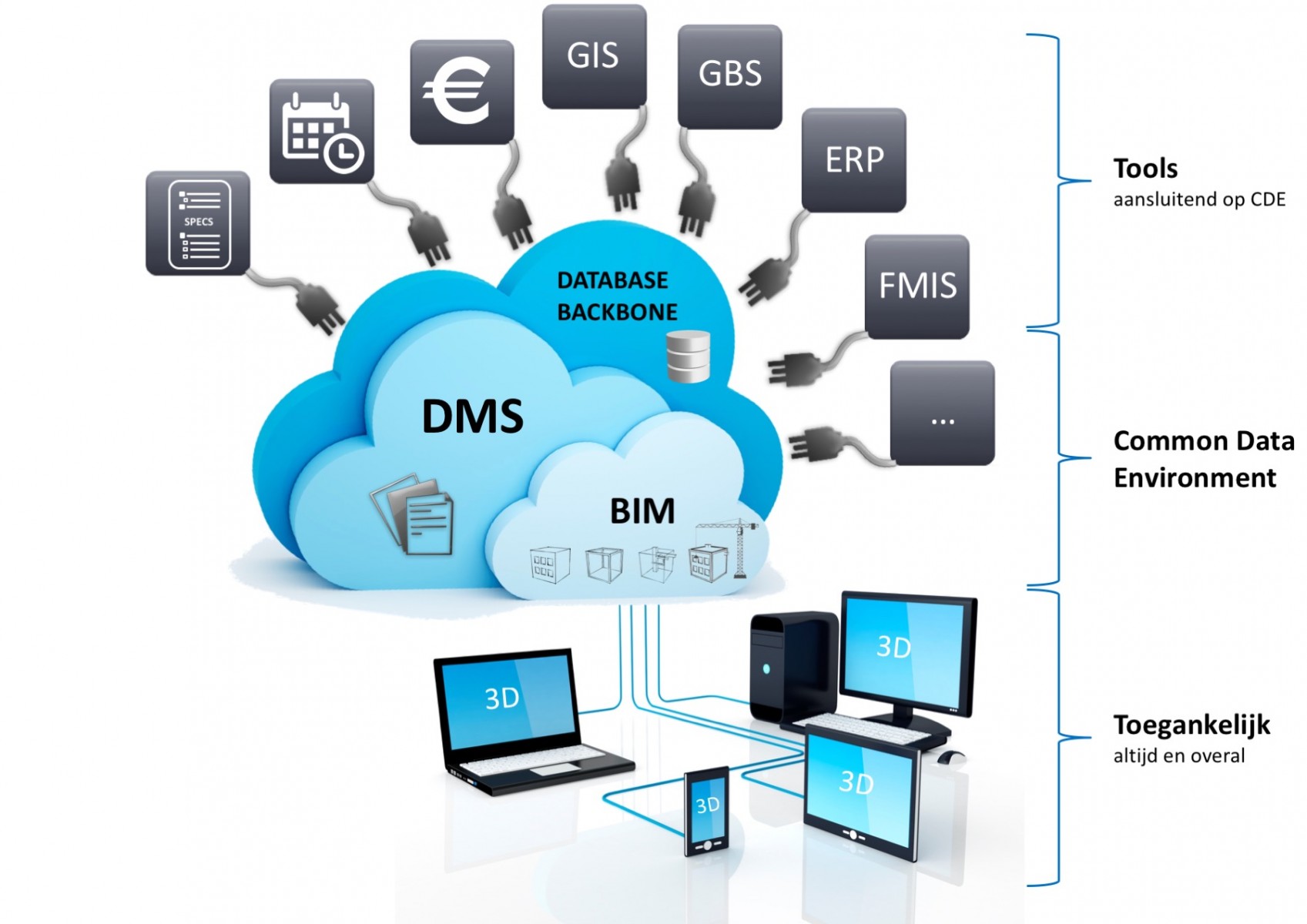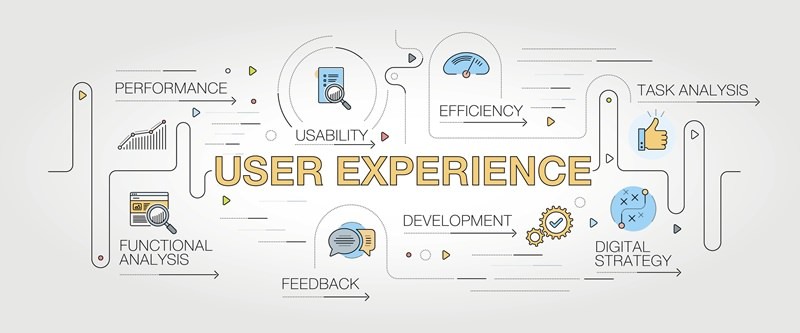Why new BIM tools often fail to get off to a good start

You know the drill: A new BIM tool has just hit the market, one with a beautiful release and equally beautiful introductory video to get you started successfully. A device that did not yet exist. A tool that every BIM'mer needs. This one is going to make it! But why do we tend to think otherwise?
Fragmentation in construction and software
We know construction is fragmented. One project involves many subcontractors and suppliers, and the next project starts with a new team. There is nothing new about that. But we also use a fragmented software landscape, where software secretly overlaps with each other. A different tool is available for almost every application in the process, in a closed data environment, which is not always practical and convenient.
From our independent role as BIM consultant, we focus on four areas of interest, as drawn up by the Building Information Council:
- Management & Organization
- Information Technology
- Processes
- People & Culture
Software is part of Information Technology, but how do we impact the entire organization with it? How do we provide an overview and create measurable results?
Focus
In discussions with software suppliers, we always ask the question: Is this functionality possible? Rarely do we get a negative answer, but they are working on the ultimate pocketknife, a true all-arounder. Of course, it's always nice that so much is possible, but it is essential to keep a tight focus to make a difference. Don't squeeze too many features into one tool, but instead focus on one or a few features that are entirely thought out and work effectively. Do what you do best, and nothing more than that!
In practice, a lack of focus creates wrong expectation management and (often unmet) assumptions among users. Too-fast digital innovation even jeopardizes the customer experience. "Assumption is the mother of all fuckups..." - Travis Dane.
Open environment

Nothing is more horrible than when every tool has its closed environment. Can you imagine if every device had to use the latest project information, and you had to upload it all separately? All of those models, documents, issues, changes and other data, that in a weekly cycle divided over +/- 15 disciplines? It’s not an option!
Connecting to open standards (e.g., IFC & BCF) is a requirement to keep up with the growing amount of project information.
Connection to a Common Data Environment (CDE), whether or not combined with platforms for documents (DMS), models (MMS), issues (IMS), changes (CMS) and management information (AMS), is essential. We also call this the “Single Source of Truth.” Think of this as a virtual place where all the information of a particular project is collected and managed. Without a connection to this information, it remains a separate tool in a closed environment.
Innovators vs. the rest
The percentage of first-time testers and buyers of a new software is approximately 2.5%. These individuals are called innovators. When it comes to digital innovation, the danger lurks that these innovators are miles ahead of the rest of the organization. There is no doubt about the arrival of more digitalization. According to research by the ING, the total value of software and data per person employed is rising significantly in construction. It makes designing more efficient, but the most significant challenge lies in bringing the entire organization up to speed. The question that then needs to be asked is: What really supports the work of the rest of the organization, and what will they see not as a burden but as a necessity? People must first be convinced of the usefulness of the software.

Simplicity
Following on from bringing the entire organization along, simplicity is vital. When software is easier to use, the adoption curve is more significant, and users are more likely to deploy it competently. A compact and practical manual can support an approachable, hands-on experience. A 50-page tome is not going to be read by anyone. A PDF of a maximum of three pages with clear explanations and pictures of project tasks will be. It would preferably be formatted in a template made available by the supplier, which is easy to make company-specific. In this way, as a supplier you guarantee your software is used efficiently, and you enable the customer to convert it to their own documentation.
Implementation
The value of software is rising significantly, but the user must remain paramount in the rapidly changing world. Indeed, the possibilities of new processes and information technology offer perhaps too many opportunities and challenges. Make sure to connect to the “Single Source Of Truth.” Keep it practical and continue to focus on the accessible, hands-on experience. Let convenience and efficiency take center stage to get the user to put new applications into practice skillfully unconsciously.
Want to know more?
The BIM consultants at BASED have solid knowledge and experience in the field of BIM software and implementation. Would you like more information about this or just to get started right away within your company? Please contact Robin Kramer at robin@based.co.nl.
Tips from Based:
- Pilot a maximum of one new tool per project, and clearly explain this at the start of the project.
- Dive into the APIs available for linking systems. You don't have to reinvent the wheel.
- Make a compact manual available as a template that can be made company-specific. This allows the customer to implement software quickly.

